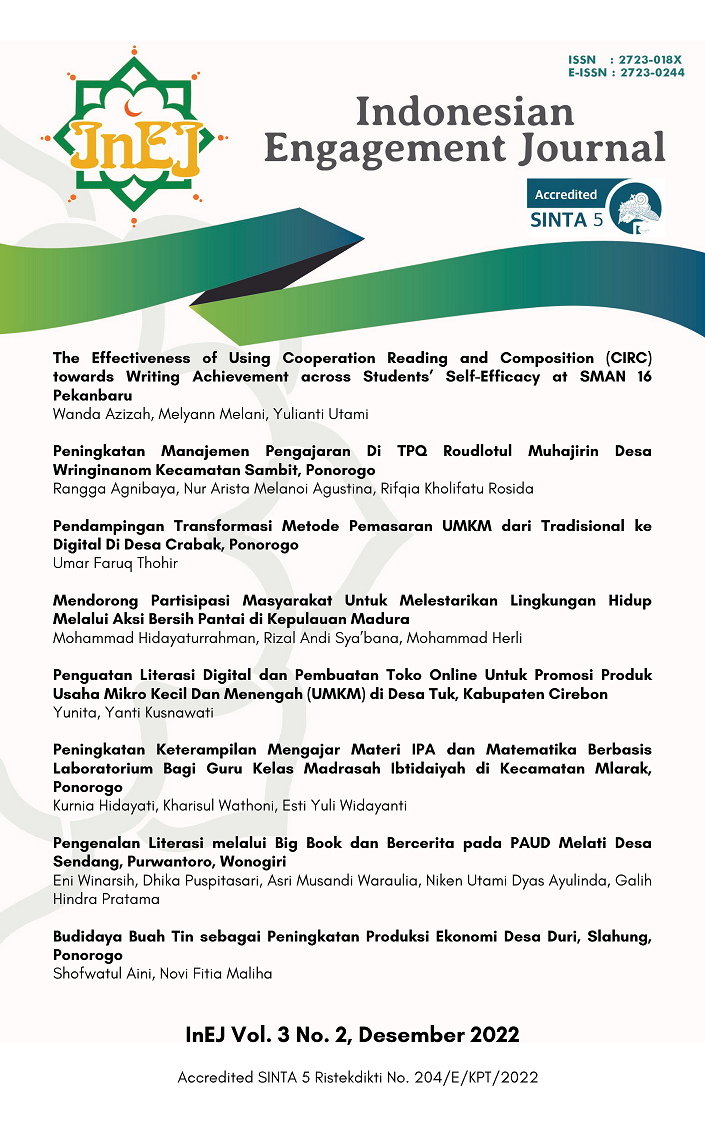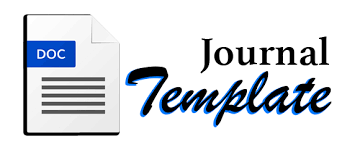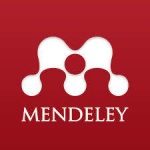PENGENALAN LITERASI MELALUI BIG BOOK DAN BERCERITA PADA PAUD MELATI DESA SENDANG KECAMATAN PURWANTORO KABUPATEN WONOGIRI
DOI:
https://doi.org/10.21154/inej.v3i2.5479Keywords:
literasi, big book, bercerita, PAUD Melati.Abstract
Bahasa adalah salah satu alat komunikasi yang harus dikuasai oleh setiap individu. Perkembangan bahasa pada setiap individu berbeda-beda, pada anak usia dini perkembangan bahasa sangat pesat. Perkembangan bahasa yang baik berhubungan dengan kemampuan literasi, baik pada awal kehidupan juga pada masa selanjutnya. Kemampuan literasi individu berhubungan dengan keberhasilan dalam kehidupan. Anak usia dini merupakan tahapan awal prasekolah dan merupakan dasar bagi pengenalan dan pemahaman dasar literasi anak. Oleh karena itu, penting untuk mengembangkan kemampuan berbahasa anak dengan berbagai cara salah satunya dengan menggunakan media Big Book dan metode bercerita. Penggunaan media bagi anak usia dini sangat penting karena menunjang keterampilan motorik bagi anak. Metode yang digunakan yaitu dengan metode ABCD (Asset Based Community Development). Adapun tahapan kegiatan yang dilakukan yaitu pelatihan kepada guru PAUD Melati dalam penyusunan rencana pembelajaran, pemilihan media big book, dan teknik bercerita. Selain itu, tim abdimas juga melakukan observasi terhadap kemampuan berbahasa anak PAUD Melati dan melakukan tindakan berupa bercerita dengan anak-anak, dan melakukan kegiatan pengenalan literasi sejak dini. Hasil dari kegiatan ini meliputi: kemampuan berbahasa anak PAUD Melati cukup baik dan bervariasi, sebanyak 12 anak sudah dapat menggunakan kalimat lengkap berbahasa Indonesia, 11 anak belum mampu menyusun kalimat lengkap berbahasa Indonesia. Penggunaan media big book dengan bercerita dapat meningkatkan minat dan ketertarikan anak dalam proses belajar sambil bermain.
References
Feiman, Sharon. “ Models of Teaching . Bruce Joyce , Marsha Weil .” The School Review 82, no. 1 (1973).
Fitriani, Dewi, Heliati Fajriah, and Wirda Rahmita. “Media Belajar Big Book Dalam Mengembangkan Kemampuan Berbahasa Reseptif Anak Usia Dini.” Jurnal Obsesi : Jurnal Pendidikan Anak Usia Dini 4, no. 1 (2019).
Madyawati, Lilis. “Strategi Pengembangan Bahasa Pada Anak.” Elementary, 2017.
Martinis, Yamin, and Sanan Sabri Jamilah. “Panduan PAUD Pendidikan Anak Usia Dini.” Jakarta: Referensi (2013).
Musyarofah. “Pendidikan Anak Usia Dini Dalam Islam.” Interdisciplinary Journal of Communication 2, no. 1 (2017).
Muttaqin, Muhammad Fauzan, and Hofipah Rizkiyah. “Efektifitas Budaya Literasi Dalam Meningkatkan Keterampilan 4C Siswa Sekolah Dasar.” Dawuh Guru: Jurnal Pendidikan MI/SD 2, no. 1 (2022).
Samsuri, Andriani, Nisful Lailatul U, Nurul Fithrotuz Z, and Ulfa Vadhila. “Pendekatan ABCD Untuk Meningkatkan Literasi Di Madrasah.” Buletin Abdi Masyarakat 1, no. 2 (2021).
Sari, Esti Swatika, and Setyawan Pujiono. “BUDAYA LITERASI DI KALANGAN MAHASISWA FBS UNY.” LITERA 16, no. 1 (2017).
Saribu, Ayunita, and Afifah Nur Hidayah. “MENINGKATKAN KEMAMPUAN BERBAHASA ANAK MELALUI METODE BERCERITA.” JURNAL RISET GOLDEN AGE PAUD UHO 2, no. 1 (2019).
Downloads
Published
Issue
Section
License
Please find the rights and licenses in InEJ. By submitting the article/manuscript of the article, the author(s) agree with this policy. No specific document sign-off is required.1. License
The non-commercial use of the article will be governed by the Creative Commons Attribution license as currently displayed on Creative Commons Attribution-NonCommercial-ShareAlike 4.0 International License.
2. Author(s)' Warranties
The author warrants that the article is original, written by stated author(s), has not been published before, contains no unlawful statements, does not infringe the rights of others, is subject to copyright that is vested exclusively in the author and free of any third party rights, and that any necessary written permissions to quote from other sources have been obtained by the author(s).
3. User/Public Rights
The spirit of InEJ is to disseminate articles published are as free as possible. Under the Creative Commons license, InEJ permits users to copy, distribute, display, and perform the work for non-commercial purposes only. Users will also need to attribute authors and InEJ on distributing works in the journal and other media of publications. Unless otherwise stated, the authors are public entities as soon as their articles got published.
4. Rights of Authors
Authors retain all their rights to the published works, such as (but not limited to) the following rights;
Copyright and other proprietary rights relating to the article, such as patent rights,
The right to use the substance of the article in own future works, including lectures and books,
The right to reproduce the article for own purposes,
The right to self-archive the article,
The right to enter into separate, additional contractual arrangements for the non-exclusive distribution of the article's published version (e.g., post it to an institutional repository or publish it in a book), with an acknowledgment of its initial publication in this journal (InEJ: Indonesian Engagement Journal).
5. Co-Authorship
If the article was jointly prepared by more than one author, any authors submitting the manuscript warrants that he/she has been authorized by all co-authors to be agreed on this copyright and license notice (agreement) on their behalf, and agrees to inform his/her co-authors of the terms of this policy. InEJ will not be held liable for anything that may arise due to the author(s) internal dispute. InEJ will only communicate with the corresponding author.
6. Royalties
Being an open accessed journal and disseminating articles for free under the Creative Commons license term mentioned, author(s) aware that InEJ entitles the author(s) to no royalties or other fees.
7. Miscellaneous
InEJ will publish the article (or have it published) in the journal if the article’s editorial process is successfully completed. The editors of Journal may modify the article to a style of punctuation, spelling, capitalization, referencing and usage that deems appropriate. The author acknowledges that the article may be published so that it will be publicly accessible and such access will be free of charge for the readers as mentioned in point 3.




